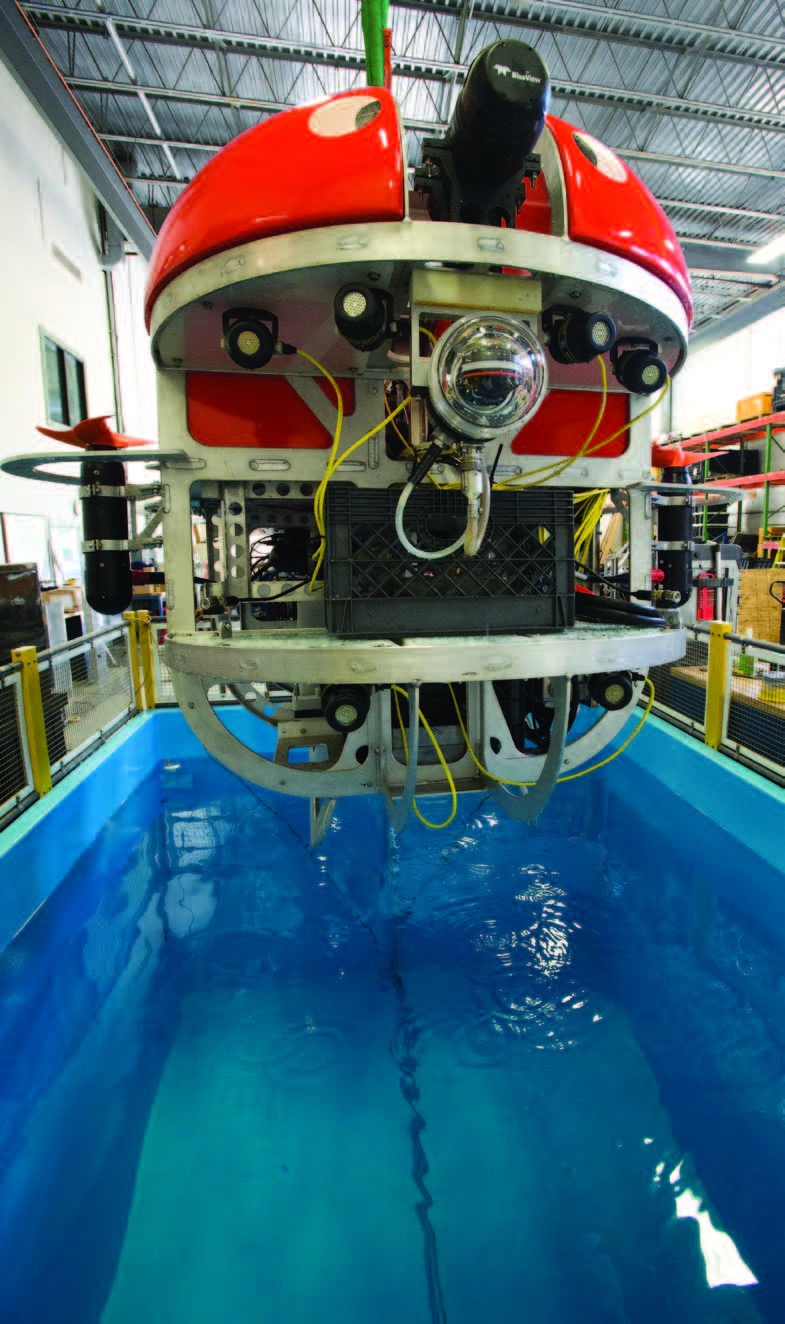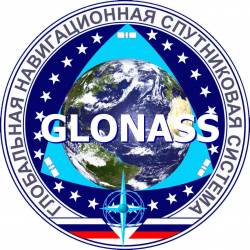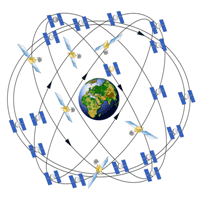If all goes as planned the world’s satellite navigation providers will be launching dozens of satellites between now and the end of the decade.
The activity just this year and next is remarkable, said John Betz of the MITRE Corp., who co-chaired the panel with José- Ángel Ávila-Rodriguez of the European Space Agency.
If all goes as planned the world’s satellite navigation providers will be launching dozens of satellites between now and the end of the decade.
The activity just this year and next is remarkable, said John Betz of the MITRE Corp., who co-chaired the panel with José- Ángel Ávila-Rodriguez of the European Space Agency.
“If I counted properly,” said Betz, “between 2017 and 2018 we’re going to see more than 30 satnav satellite launches between the systems that are represented here and the two that are not — (India’s) NavIC and (Russia’s) GLONASS. That’s really a phenomenal benefit to the world.”
Of those presenting their plans at the ION GNSS+ Program Status panel China had the most near-term launches planned with four BD-3 satellites scheduled for placement in mid-Earth orbit (MEO) this year, 14 more in 2018 and six more through 2020, said Jiaqing Ma of the China Satellite Navigation Office.
The MEO missions are dual launches with two spacecraft going up on the same rocket, said Jun Shen, also of the China Satellite Navigation Office. The BD-3 satellites build on the current regional system to create a constellation with global coverage.
“The BD-3 satellite will be equipped with at least two signals on top of our B1I signal in the regional system,” Shen told a meeting of the Civil GPS Service Interface Committee (CGSIC) a few days earlier. “The new signals will be B1C, which will be interoperable with GPS L1 and B2A will be replacement of current B2I signal and will be interoperable with GPS L5.”
The five planned BD-3 geostationary satellites will require dedicated launchers. Of those five, which will go up in 2019 and 2020, three will be in inclined orbits.
There will be two additional GEO spacecraft launched in support of China’s planned space-based augmentation system BDSBAS. One is set to go up next year and the second by 2020. China is also working on a ground-based augmentation system and has begun research on underwater, indoor and deep space navigation.
Japan will launch just one more satellite in 2017. That satellite is special, however, in that it completes the initial QZSS system. QZSS, which has three spacecraft in quasi-zenith orbit and one GEO satellite compliments GPS, improves availability and deploys a two-way messaging capability that could be especially useful in a natural disaster.
The United States’ GPS program has five GPS III launches planned through 2020, starting with one in 2018, and two in each of the following years.
Col. Steven Whitney, the director of the GPS Directorate, said he was proud to report that a review concluded last week determined that the first GPS III spacecraft met all the criteria to be available for launch. “So, I signed that paperwork on Friday.”
This year, however, all eyes likely will be focused less on the satellites being completed and more on the competition to build the next tranche of GPS III space vehicles. The request for proposals will go out later this year with a decision expected late next year.
Though the GPS Directorate plans to select one contractor for all 22 satellites the spacecraft themselves are expected to change.
“We’ve built a strategy of 22 basic GPS satellites with the ability, at different stages in the build, to be able to add different capabilities as they mature. In order to build those, we’re working hand in glove with our partners at the Air Force Research Lab,” he said, on things like advance antennas and power amplifiers.
Whitney said AFRL’s work is expected to be reflected from the beginning of the new contract.
“We’ve done a lot of work with the various providers already on things like digital payloads and so we expect to see some of that in the basic proposals. The additional items we talked about we expect to on-ramp at a later date,” Whitney said.
Galileo is also buying a set of new spacecraft and has signed a deal for the next eight satellites in June.
The deal will help keep the momentum going. Galileo did its first four-satellite, or quad, launch in November 2016, which was successful. The next launch, again for four spacecraft, is to be on December 12 with another planned for mid 2018.
Though testing is still underway it also appears that Galileo engineers might be able to salvage and integrate two satellites that were launched into highly elliptical orbits, said a representative of the European Commission delegation in response to a question.
“Hopefully we will be able to declare those operational though we are waiting for the last few checks to be sure we are doing the right thing at the right time,” he said from his seat the audience.






